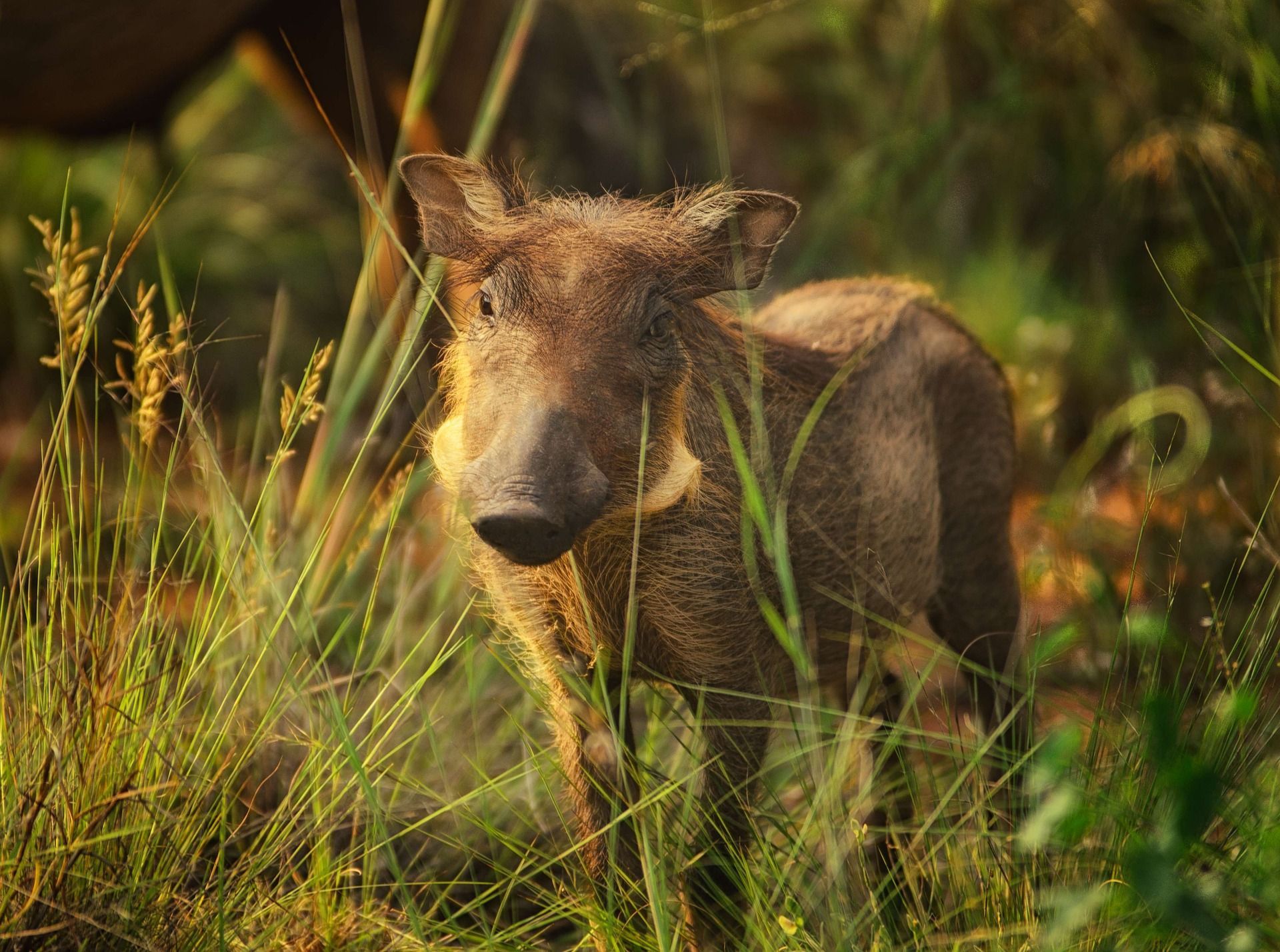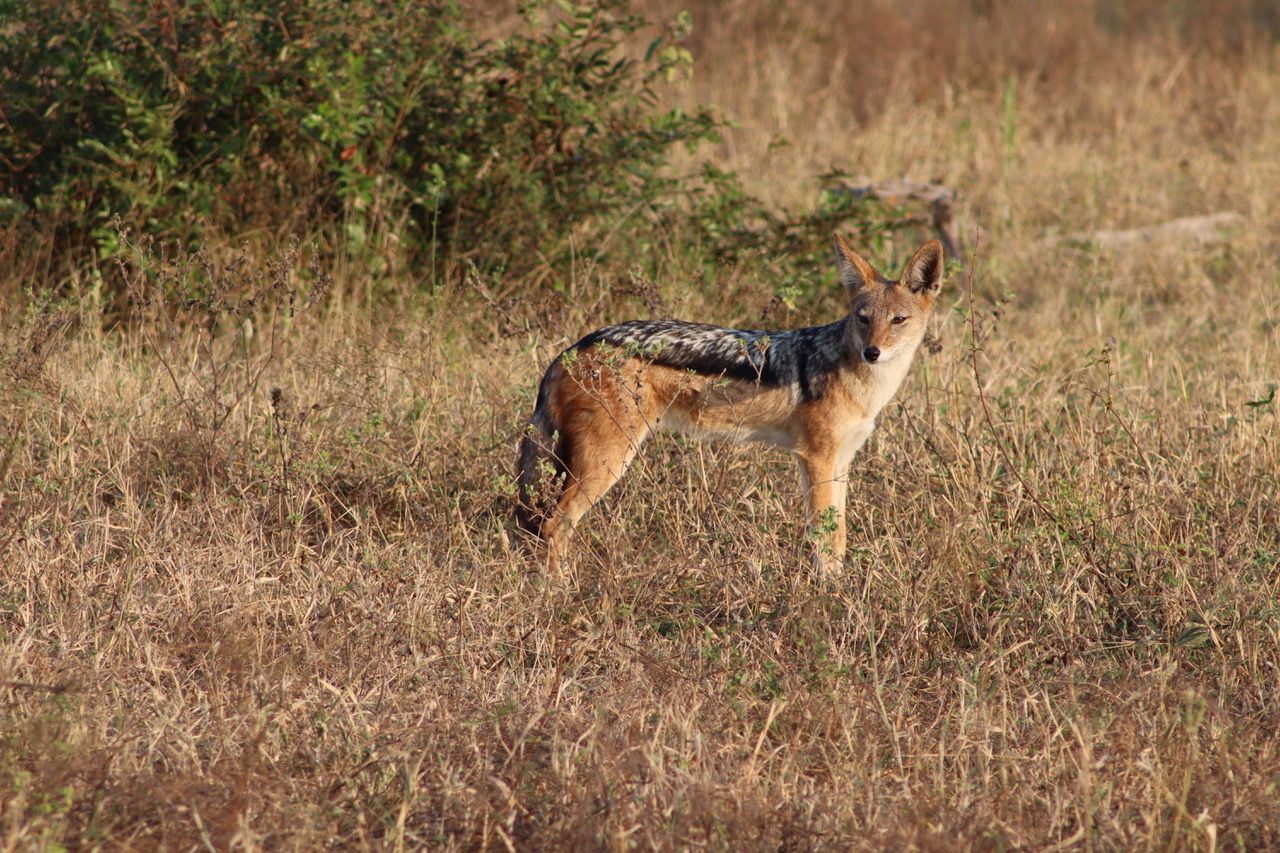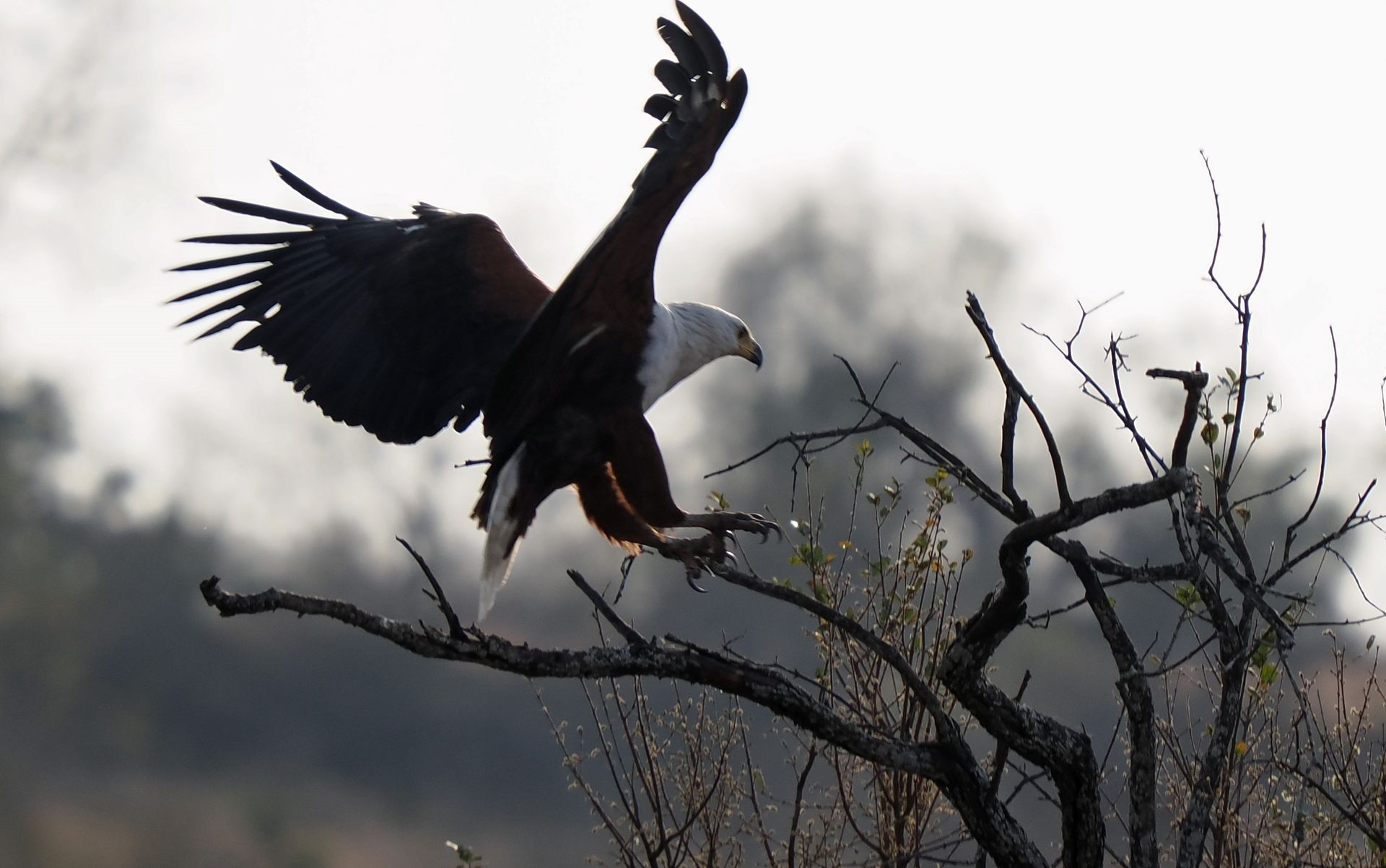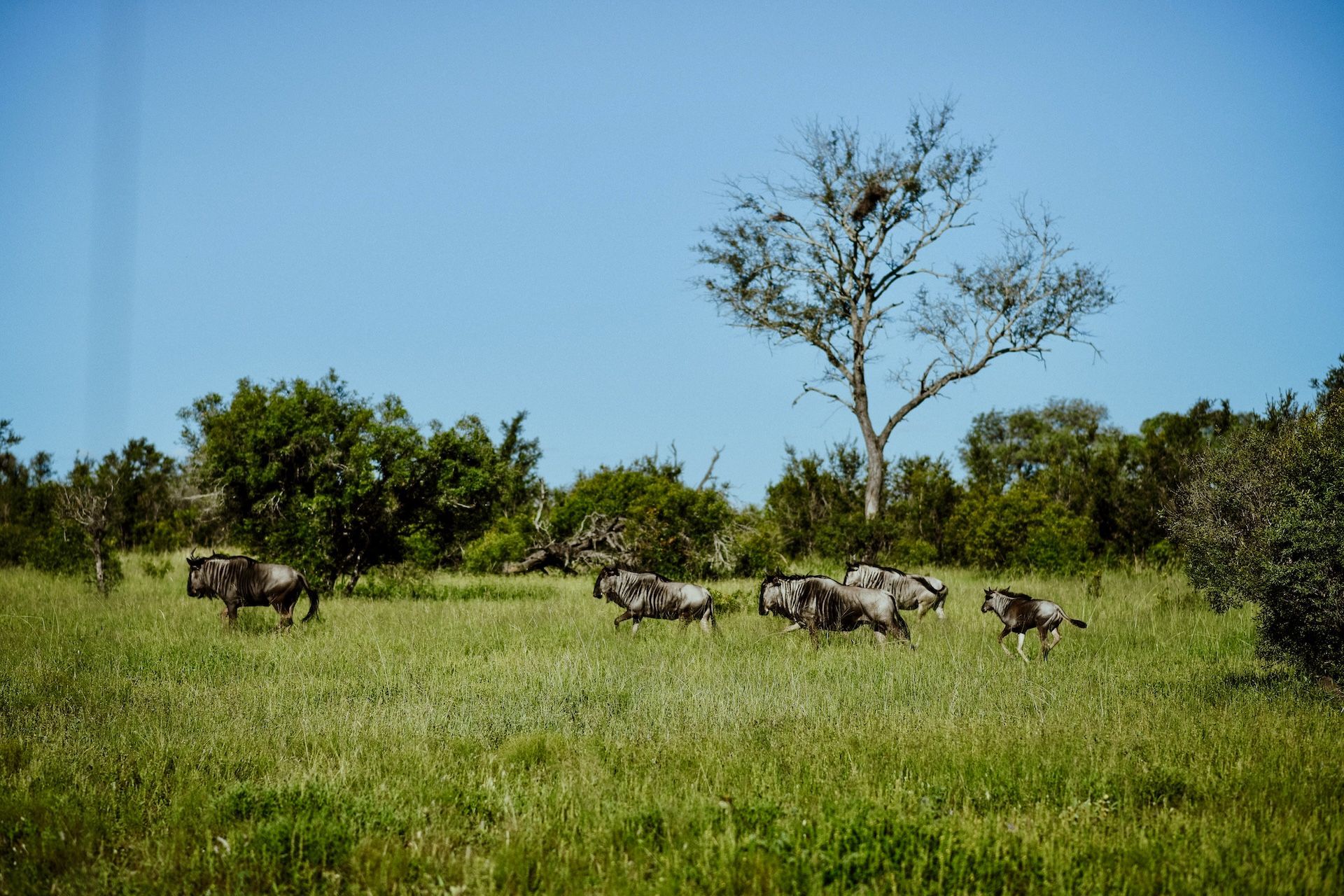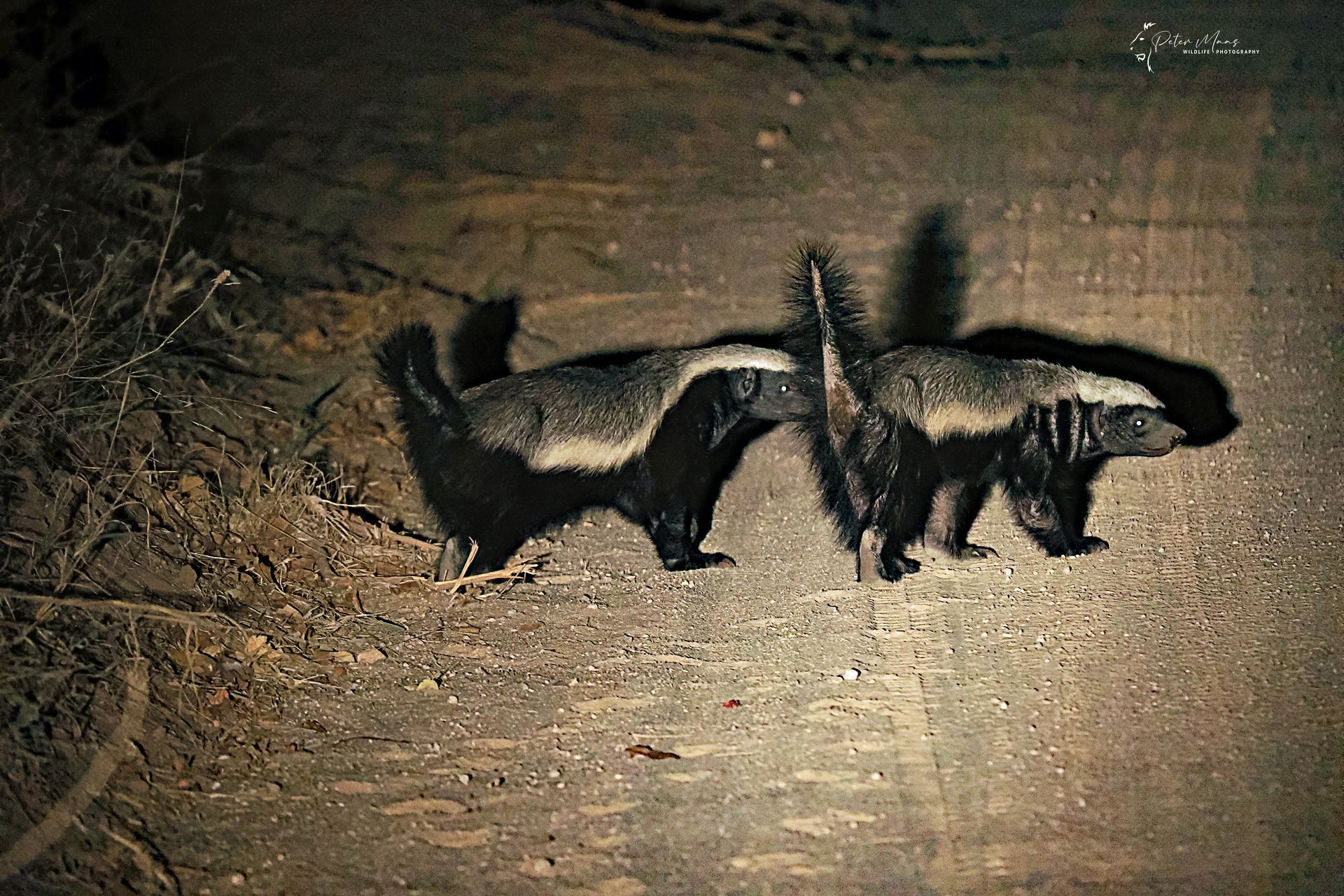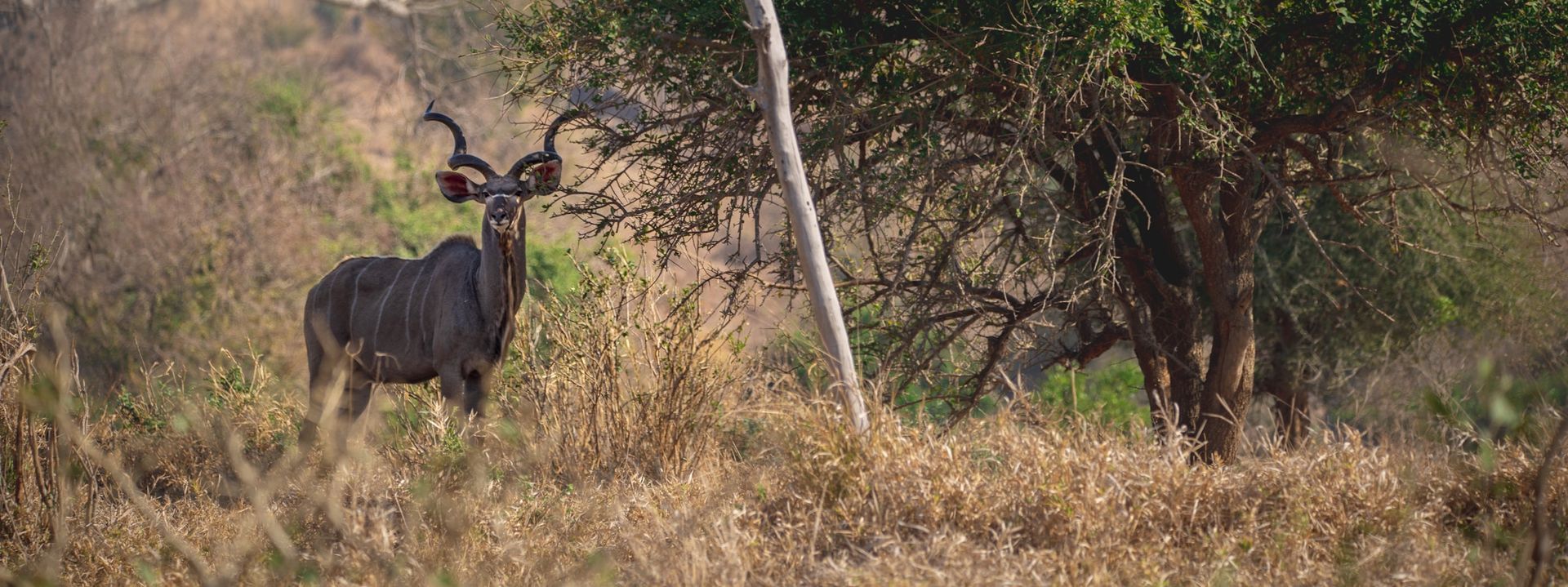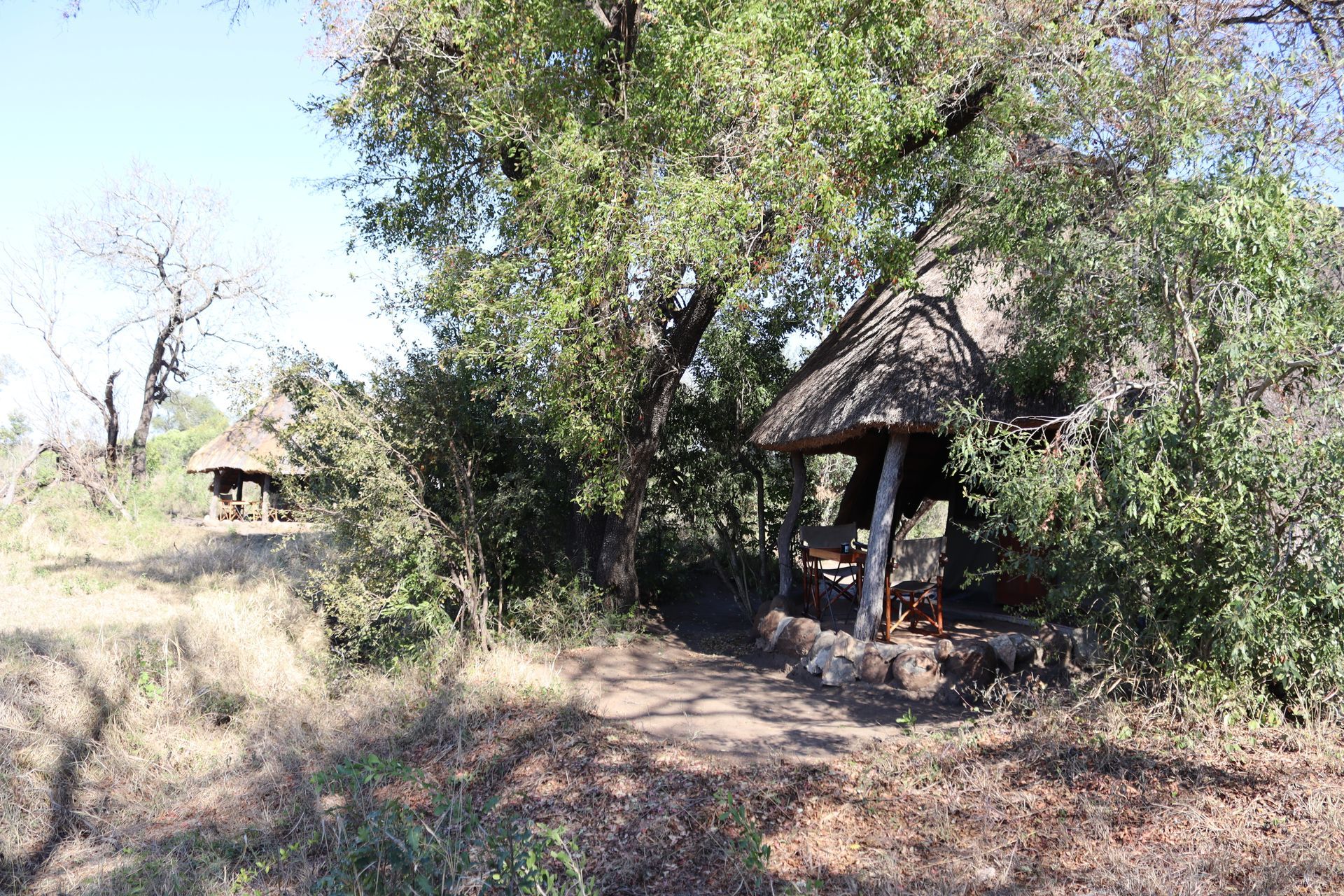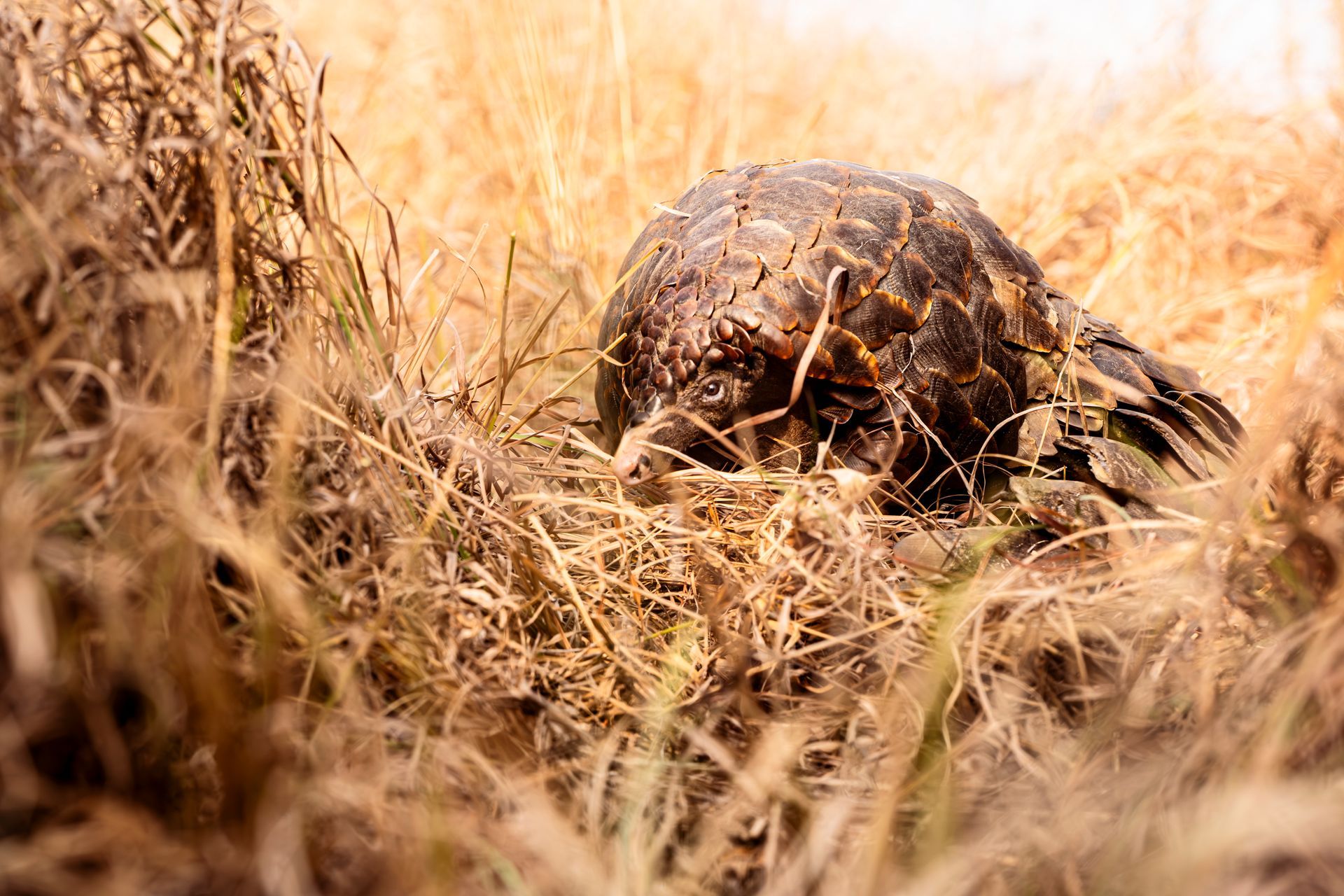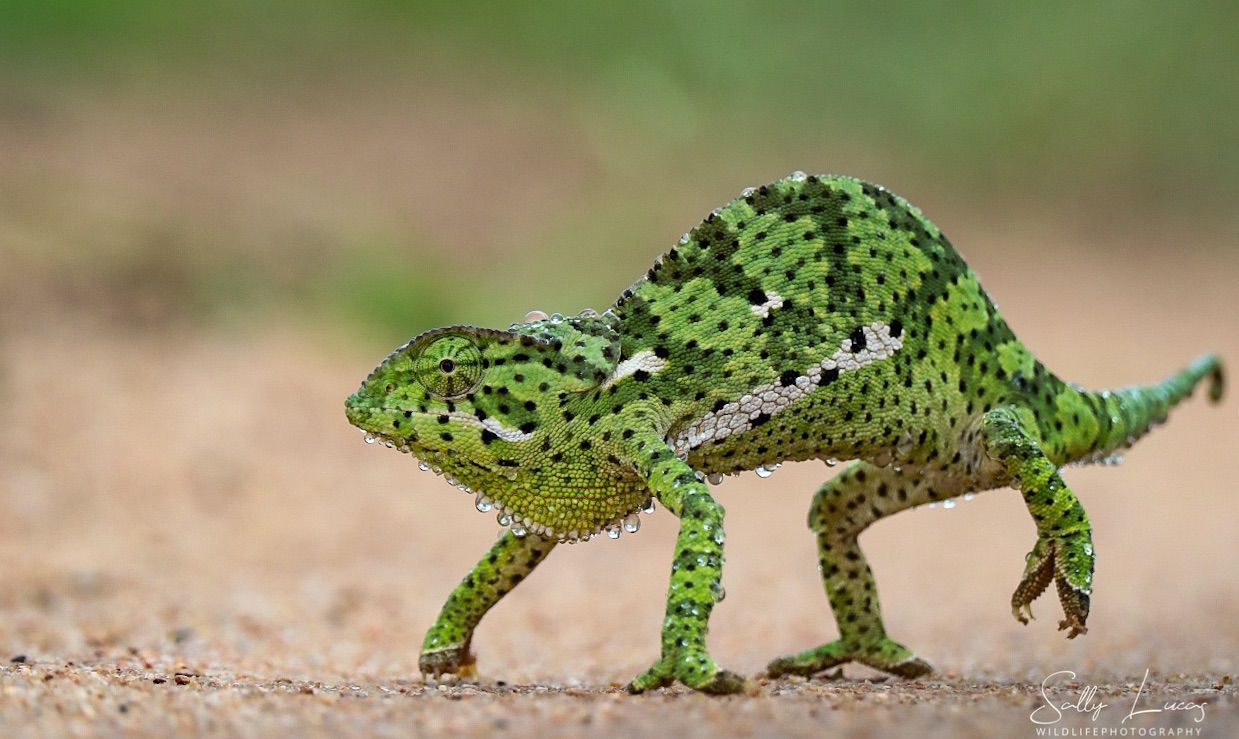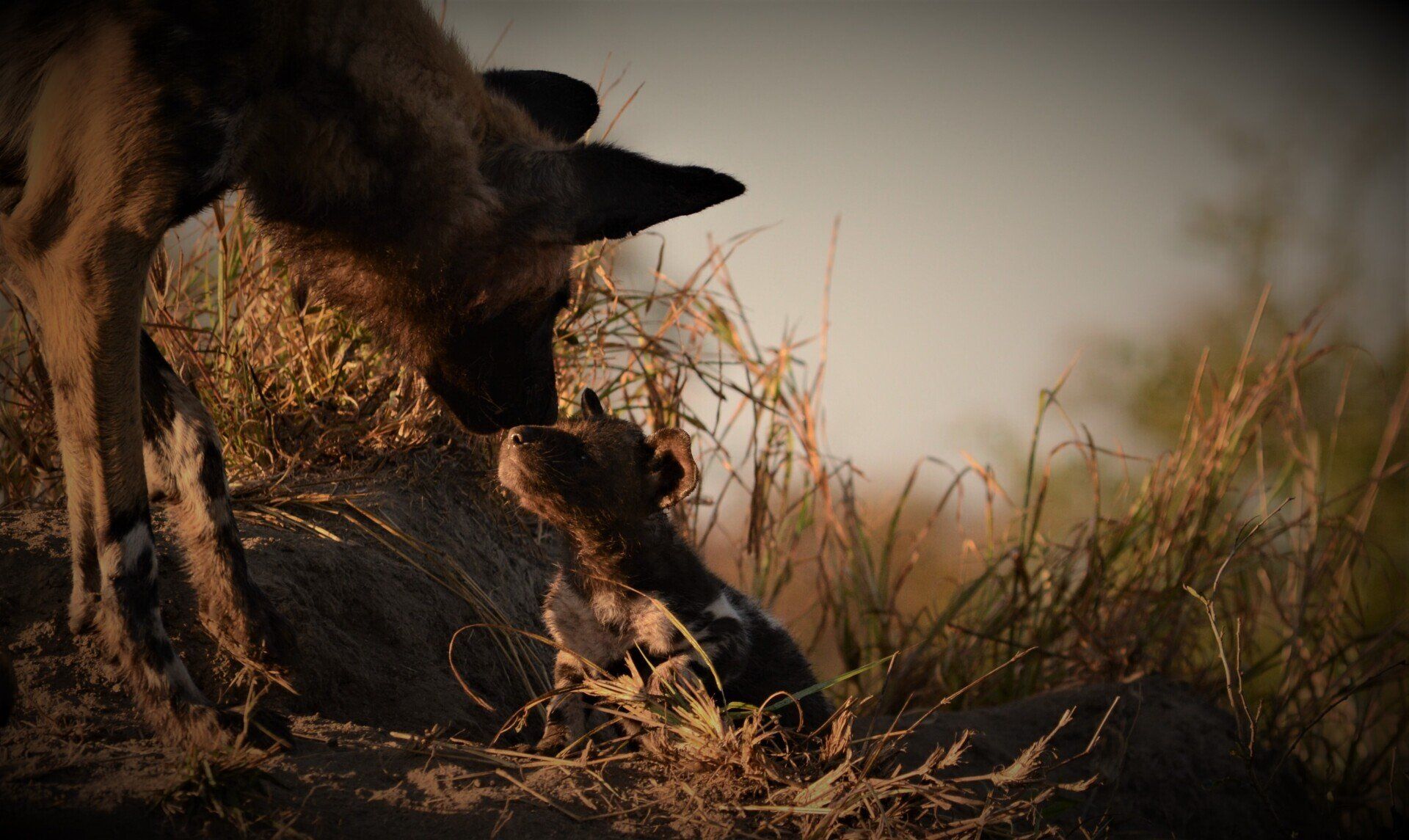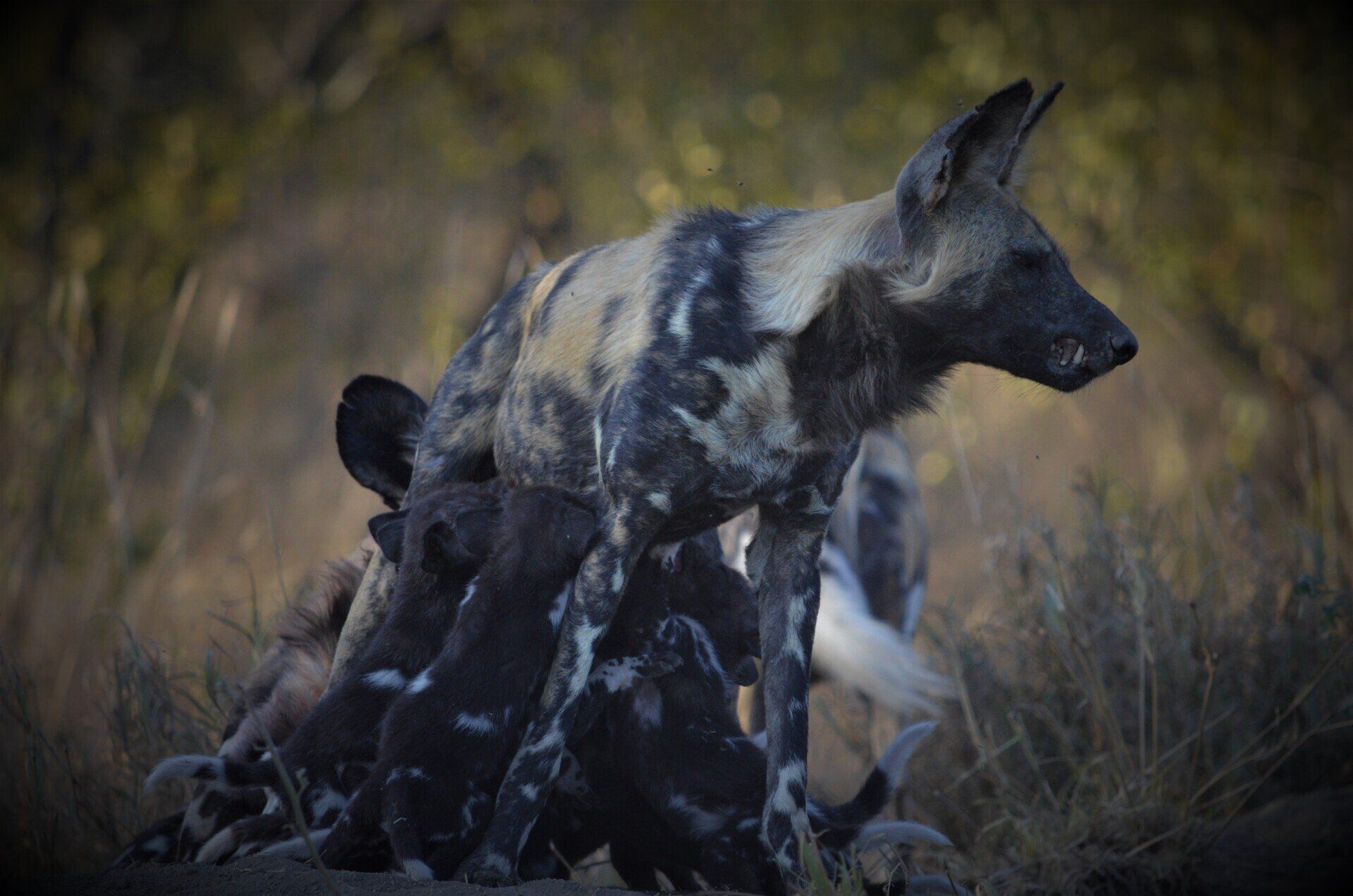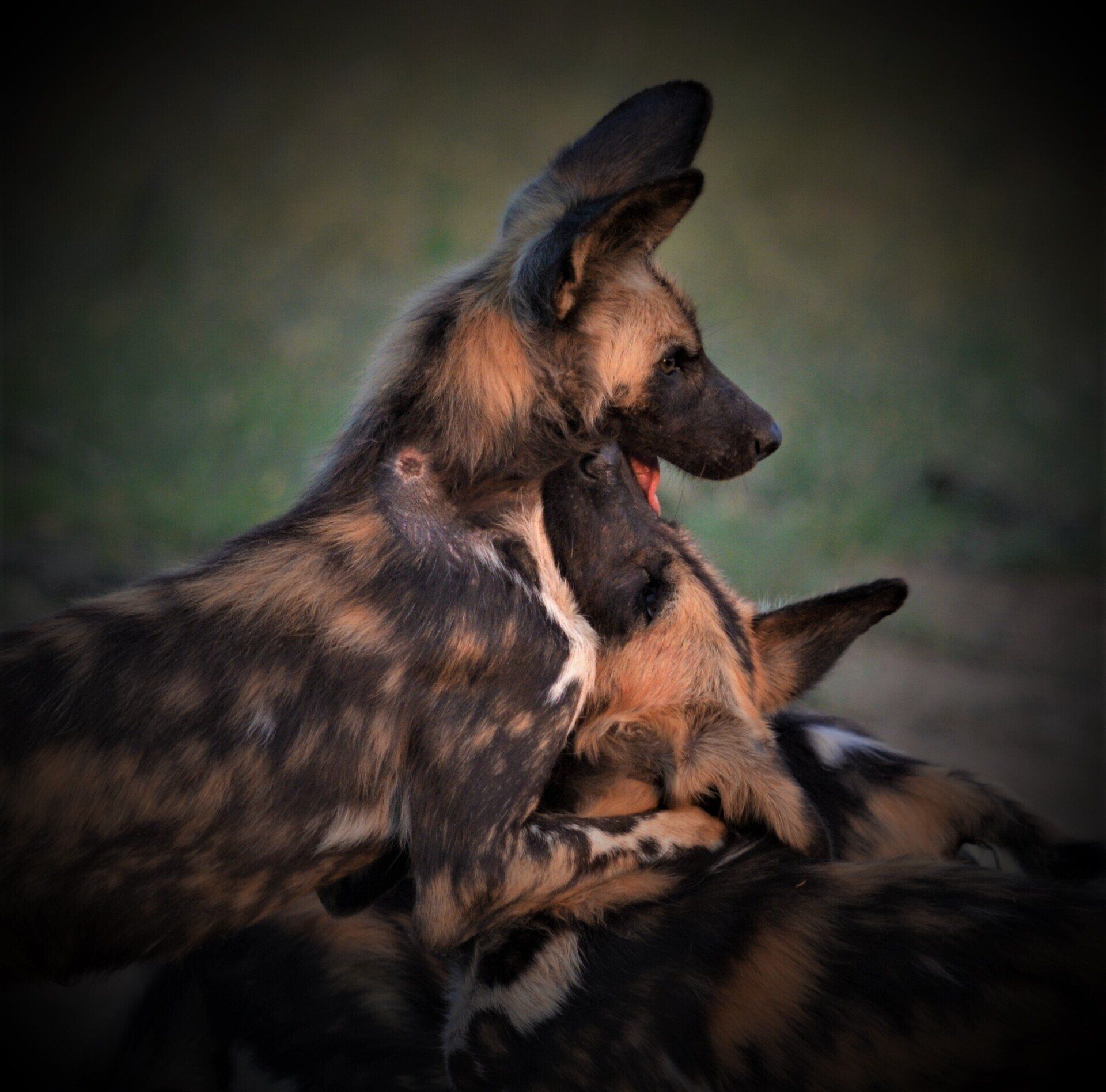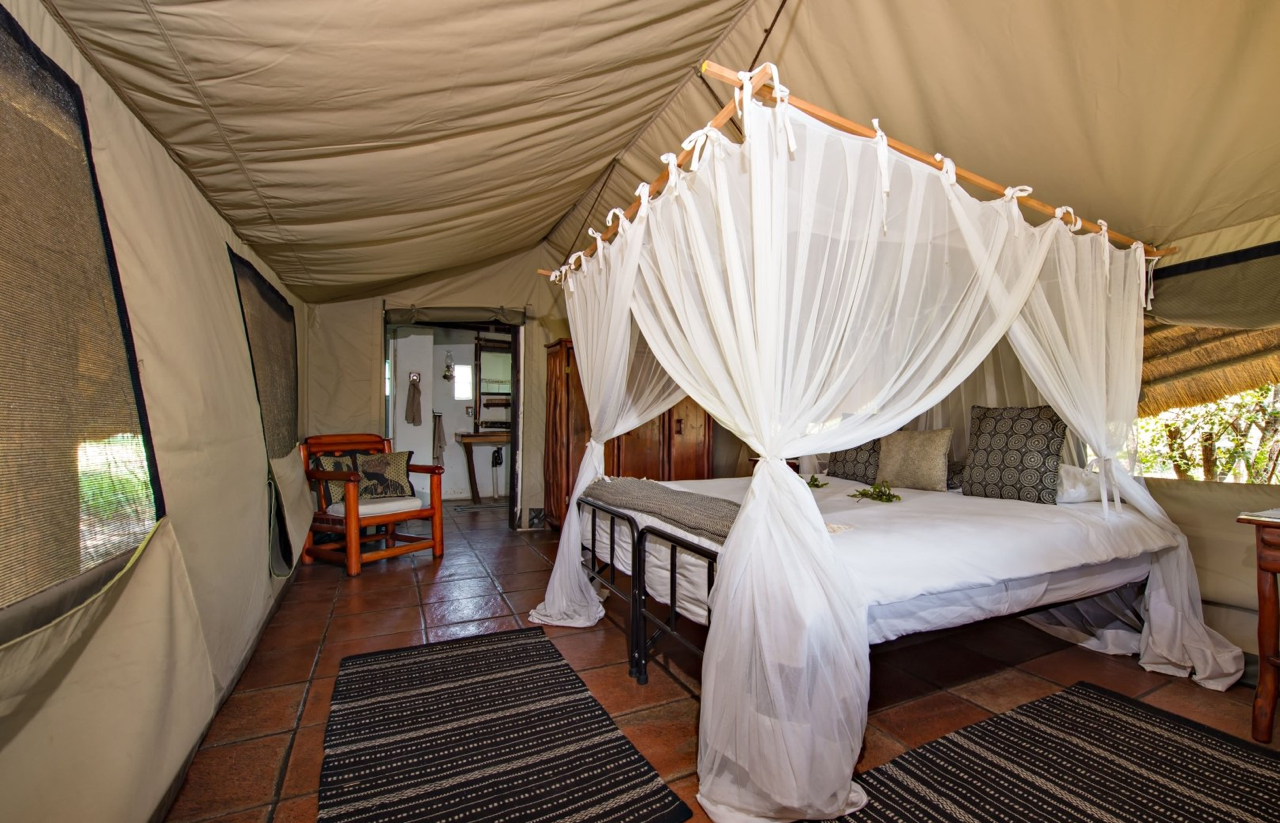Meet the Manyeleti's best friend!
When it comes to apex predators, the painted wolf reigns supreme
It's Africa's most efficient hunter with a kill rate that puts big cats to shame... Meet the beautiful painted wolf (African wild dog) - a master of the chase and one of the Manyeleti's most alluring species.
Believe it or not, but this clever and engaging canid is one of the continent's most threatened species as a result of habitat loss and because it's heavily stigmatised by humans, with both formal and informal livestock farmers across Africa treating it as a pest.
The name "painted wolf" is a literal translation from its latin name - lycaon pictus and comes no doubt from their spectacular, multicoloured coats. Like a fingerprint, each of the striking mottled, spotted patterns is unique, enabling easy identification for other pack members. Large, round ears allow for exceptionally acute hearing that can pick up the calls of other pack members over long distances.
More than a dog, but not quite a wolf, in times gone by the painted wolf was persecuted here in South Africa, with the government offering considerable rewards for each dead animal delivered. Those days are long gone, thank goodness, and today painted wolf research has revealed to us the critical role these creatures play in the ecosystems they inhabit.
Painted wolves have an intricate and highly complex social system. They live together in packs and are one of the few species to have been recorded actively caring for their sick and old. The pack's role is to look after its alpha male and female - the breeding pair who are the core of pack society. They are "understudied" by a beta male and female who are literally on standby should anything happen to the alpha pair.
Packs can be large, consisting of as many as 30 animals, and the bonds between them are strong. While the alpha female is usually the only one to produce puppies, although in certain conditions the beta female will also have pups which will then be raised by the alpha. It's a strict hierarchy that works well, driving off potential new alphas and betas who split to form their own packs or join others. Curiously, it's the females that generally leave to start afresh, with the males largely staying with their family pack.
Painted wolves cover an enormous range - up to 1500km in some instances, only staying in one place when they den to have pups. In human terms that means that a huge, sprawling metropolitan area such as New York City would only be able to support a couple of packs of painted wolves! So seeing them here on the Manyeleti is always a privilege.
They breed generally in the dry season when the hunting conditions are at their best. As soon as the pups are able to eat solid food they are allowed to eat first when the pack makes a kill so they grow quickly, enabling them to keep up with the pack and leave the den site where they are vulnerable as soon as they can.
We are lucky enough to have regular sightings of painted wolves here at Pungwe, and in the summer we see them often thanks to the plentiful prey species across the Manyeleti. Seeing them always depends on the levels of other predator activity - generally, if we are seeing a lot of lion and hyena, the chances of seeing painted wolves becomes less likely.
When it comes to hunting, a wide diversity on species are on the painted wolf menu, from warthog, impala and scrub hares to kudu, nyala and even buffalo calves. They are renowned for their exceptional intelligence and clever hunting strategies that are effortlessly coreographed, with some pack members taking up ambush positions and others flanking prey to drive them to the ambush site.
Images: Kyra Girardin
